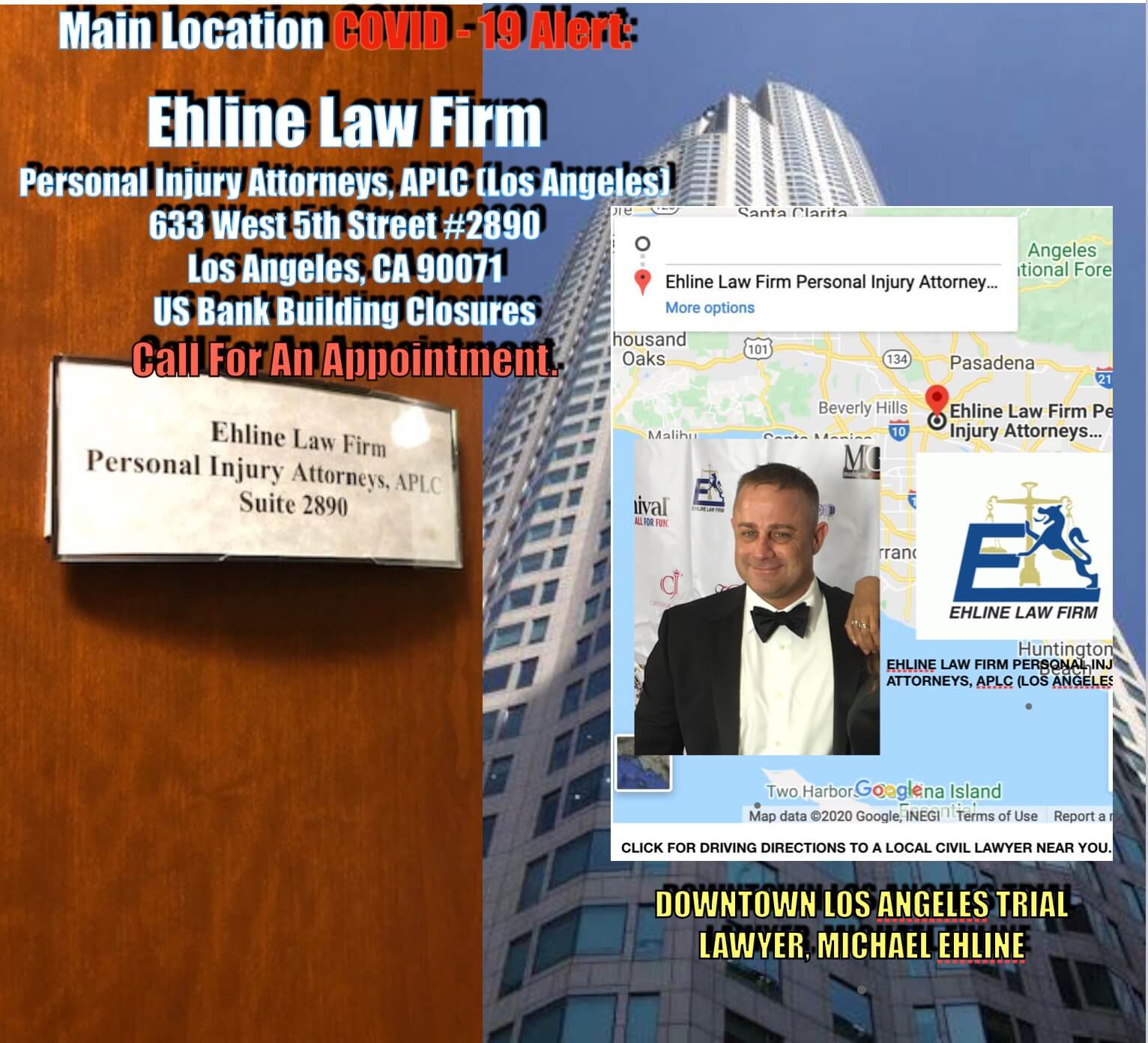
Types of Helicopter Travel and Risks

Types of Helicopter Travel and Risks

With the death of basketball great Kobe Bryant, his daughter, and seven other people in a Greater Los Angeles helicopter crash in January 2020, the safety of travel by helicopter has been called into question. Mr. Bryant was known to have used helicopters to commute around the traffic-congested Los Angeles area.
Is Personal Helicopter use the Most Dangerous?
According to the Federal Aviation Administration’s Rotorcraft Standards Branch, Safety Management Section, the highest percentage of helicopter accidents involve personal or private flights. Of the accidents reported from October to December 2019, 35% were for personal or private use.
The second highest area for accidents was for instructional training at 17%, then aerial applications at 13%. Accident for helicopters used for air ambulances and air tours/sightseeing was 9%. Business-related external load, law enforcement, and offshore accidents were at 4%.
Due to rounding each industry percentage, the overall total may not equal 100%. The fatal accident rate was also highest for personal or private use in the last quarter of 2019, with 29%. Aerial applications came in at 15%, while offshore accidents, air tours/sightseeing, and business were 14%.
How safe is Helicopter Travel?
The short answer is that it is much safer to fly in a helicopter than 30 years ago. In recent history, the number of helicopter accidents peaked at 252 in 1982 and has decreased steadily ever since.
After 211 helicopter accidents occurred in 2003, the number of total helicopter accidents has never approached 200. The last time the number of helicopter accidents was more than 150 was in 2013, when there were 166. In recent years, the number of helicopter accidents has occurred steadily.
There were 188 accidents in 2015 and 2016, 119 in 2017, 125 in 2018, and 118 in 2019. Similarly, the number of fatal helicopter accidents each year has also declined. In recent history, the number of deadly accidents peaked at 43 in 1985.
Since then, there has been a slow decline in fatal helicopter accidents. The number of fatal helicopter accidents has dropped below an average of about 20 per year.
- The number of deadly accidents totaled: 20 in 2014, 19 in 2015, 17 in 2016 and 2017, 23 in 2018, and 24 in 2019.
Despite widespread beliefs that almost all helicopter accidents result in death, fatal accidents ranged from 13% to 22% in 2011. The lowest rate was 13% in 2011, and the peak was 22% in 2013.
Like any other aircraft, helicopter passengers should take special safety precautions during the flight. The pilot must conduct pre-take-off and prelanding briefings.
The pilot should instruct passengers as follows:
- About the proper use and operation of seatbelts for takeoff, during the flight, and landing.
- For overwater flights, the location and use of flotation gear and other survival equipment.
- How and when to abandon the helicopter if ditching becomes necessary.
- Passengers must receive instructions about maps and survival gear locations for flights over rough or isolated terrain.
- Passengers must receive instruction on emergency precautions and actions.
- The pilot and crew should tell passengers the fire extinguisher’s location, including locating the Emergency Position Indicator Radio Beacon.
- Smoking will be allowed within 50 feet of a helicopter on the ground. Smoking can be allowed upwind from any possible fuel fumes at the pilot’s discretion. Smoking should never be allowed during all ground operations, takeoff, landing or when the craft carries flammable or hazardous materials.
- When passengers are approaching or leaving a helicopter sitting on a slope with the rotors turning, they should come and depart downhill.
No one plans to have an accident, but sometimes great lawyers can help cover your medical expenses upfront, assuming you survive. Beware and tread lightly around helicopters.
Categories
- A to Z Personal Injury Podcast
- Car Accident
- Government Tort Blog
- Insurance Law Blog
- Piloting and Aviation Accident Blog
- Premises Liability Blog
- Products Defect Blog
- Recreation-Sports Accident Blog
- Reports
- Service Related Cancer Blog
- Sexual Assault Blog
- Spinal Cord Injury Blog
- Torts, Examples, Explanations
- Train Accidents Blog
- TV, Media & Firm News
- Uncategorized
Firm Archive
Main Los Angeles Location


Michael Ehline
Michael Ehline is an inactive U.S. Marine and world-famous legal historian. Michael helped draft the Cruise Ship Safety Act and has won some of U.S. history’s largest motorcycle accident settlements. Together with his legal team, Michael and the Ehline Law Firm collect damages on behalf of clients. We pride ourselves on being available to answer your most pressing and difficult questions 24/7. We are proud sponsors of the Paul Ehline Memorial Motorcycle Ride and a Service Disabled Veteran Operated Business. (SDVOB.) We are ready to fight.
